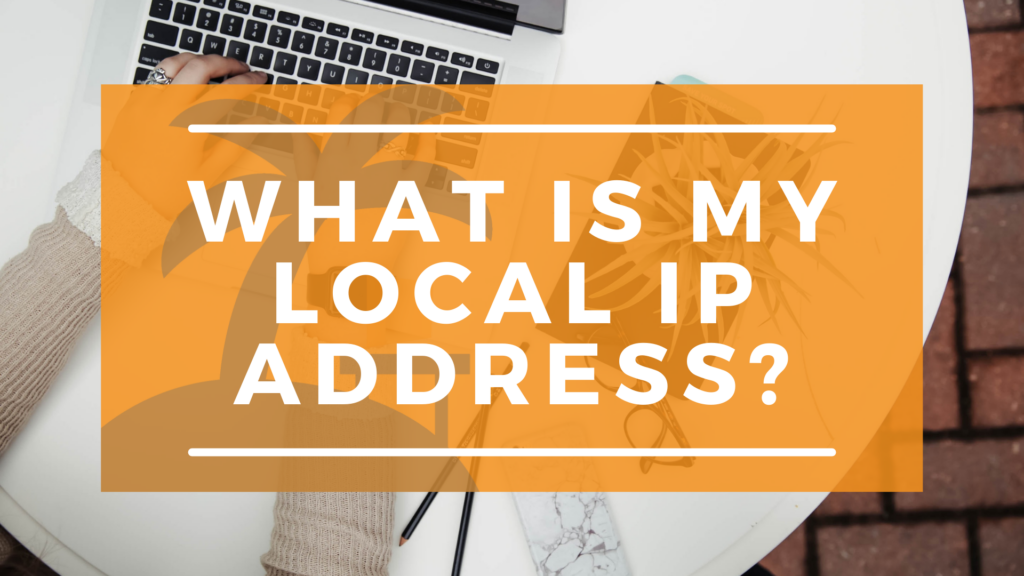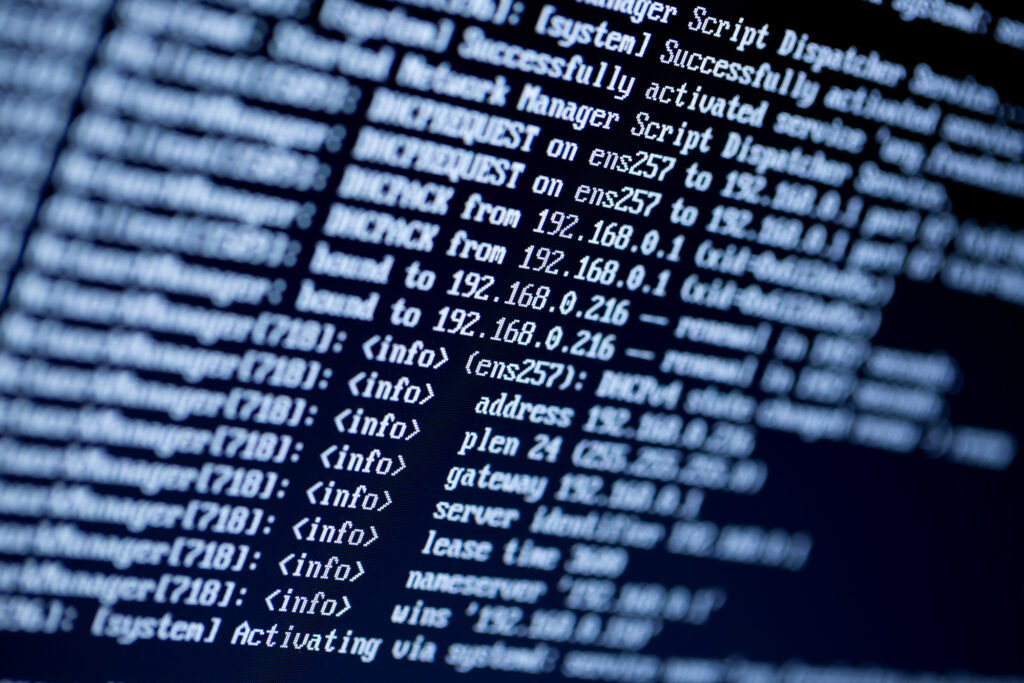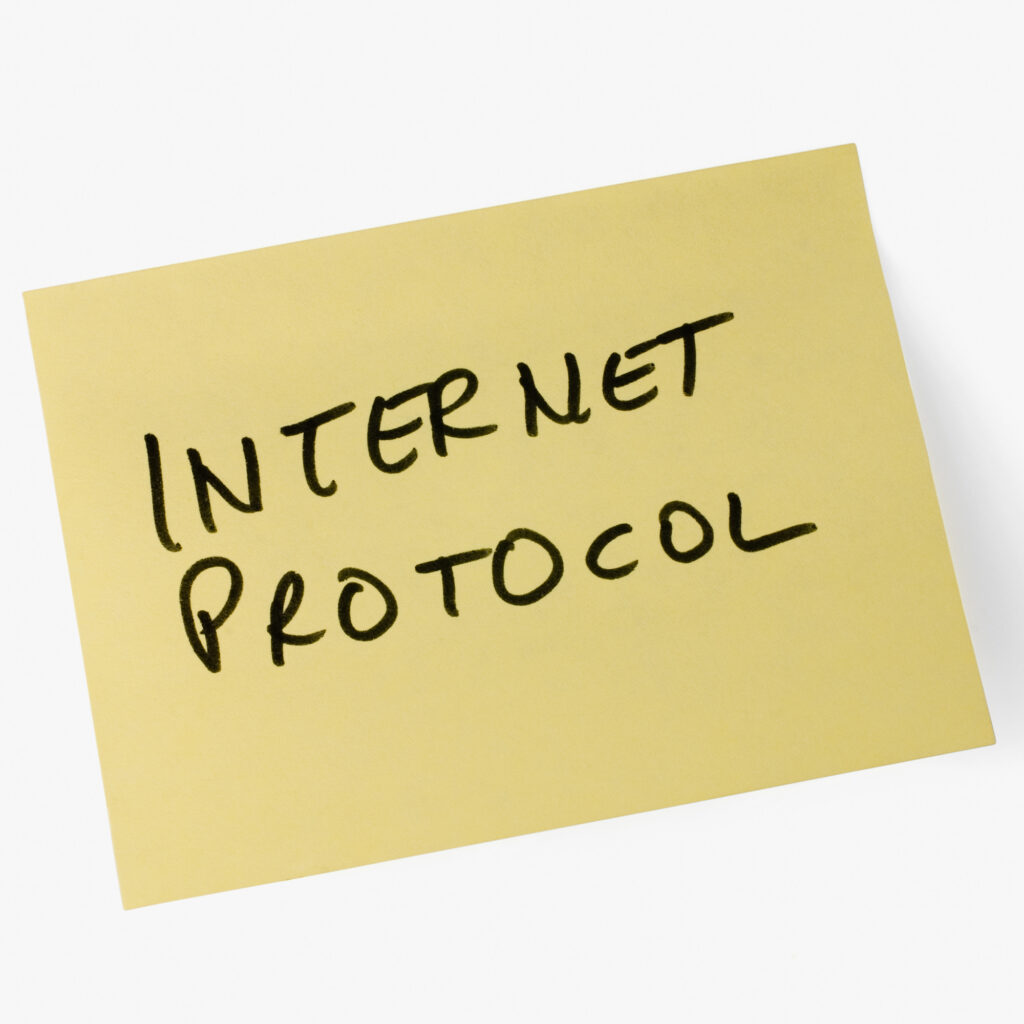
While it may not be at the forefront of your mind, your device’s IP address is an extremely important piece of information that is not to be overlooked. As you probably know, your IP address (or Internet Protocol address) is the physical location or address of your computer whenever you connect to the internet. Not only is this important to know if you are a web developer, but also if you are simply a casual user of the internet.
What does an IP address do?
Now let’s clear the air first, your IP address does not give out your name, home address, age, what you search for online, or any personal information like that. Yes, it is true that websites and networks need to know your IP address in the same digital format that computers do.
An Internet Protocol address allows computers to send and receive information through networks. IP addresses are a part of TCP/IP, which is its own sort of digital language used between networks that allow us all to get online. And technically, you have two different ones. Kind of.
Internal and External IP addresses: What’s the difference?
 So, you have your internal IP address and your external IP address, what’s the difference? Your internal IP address is only used for your local network, so in other words, it is your local IP address. The reason you have this is so that your router, the things actually connecting you to the internet, can tell the differences between all of your online devices such as your laptop, computer, or phone while they are connected to it.
So, you have your internal IP address and your external IP address, what’s the difference? Your internal IP address is only used for your local network, so in other words, it is your local IP address. The reason you have this is so that your router, the things actually connecting you to the internet, can tell the differences between all of your online devices such as your laptop, computer, or phone while they are connected to it.
What is your external IP address? Your external IP address, or public IP address, is the address of your ISP (or Internet Service Provider). This is the IP address that websites see when you are outside your local network to identify who you are.
As you can probably guess by now, both the internal and external IP addresses are extremely important for you to know, and there are a few ways that you are able to find them.
How to find your External IP address
Before we dive into how to find your external IP address, we need to first discuss the two current versions of IP address being assigned which are IPv4 and IPv6. Knowing the difference will help you better identify which address you need exactly.
What is an IPv4 Address?
IP version 4, or IPv4 address, is currently the most widely used by today’s network devices. IPv4 addresses always consist of four sets of numbers usually separated by decimals points like this: 87.0.253.250.
There are exactly 4,294,967,296 IPv4 addresses total to be assigned. However, one main issue we are facing is with more and more computers accessing the internet in this day and age, we are quickly running out of IPv4 addresses (1).
Think of this as a booming city. Addresses must be created and assigned for up and coming neighborhoods. However, if your neighborhood becomes too large, then the city must come up with an entirely new set of addresses.

What is an IPv6 Address?
Cue Internet Protocol version 6! As the IPv4 neighborhood becomes overcrowded, we are now seeing IPv6 start to move in as a replacement. The IPv6 address is much longer and consists of eight groups of numbers, each four numbers long, and separated by colons. If one group happens to be all zeros, then it is usually mitted.
Here are examples of a IPv6 addresses:
1080:0000:0000:0000:0000:0034:0000:417A
1080:0:0:0:0:34:0:417A
1080::34:0:417A
How do you find locate your Public IP Address?
Finding your external IP address is actually quite simple. One very helpful website you can visit is WhatIsMyIP.com. When you pull up this website, it will automatically have your Public IPv6 and IPv4 addresses (or your external IP address) at the top for you.
If you are looking for an even simpler solution you can also type in ifconfig.me to find just your IPv4 address. It will be a blank white screen with the IPv4 address in black numbers in the top left corner of the page. In the case you are looking for just your IPv6 address, you can also type in icanhazip.com and it will show just the IPv6 similarly to the previous website.
 How to find your Internal IP address
How to find your Internal IP address
Finding your internal IP address can be a little more complicated than finding your external IP address, but still it’s not too hard to find. Keep in mind that your device’s internal IP address is probably listed somewhere in its network configuration options. Usually, this can be found in the settings menu of any device – whether its your phone, TV, computer, or any other smart device that may be connected to the internet.
If you are still having trouble locating your internal IP address, you can always work in reverse and start with your router instead. Usually, within your router’s settings, there will be a list of all the devices connected to it. Assuming you can locate your device’s name you should be able to look up the internal IP address that way.
Final Thoughts
There are many reasons why you would need to locate your local IP address. Whether you are in SEO marketing, a web developer, or just a frequent user of the internet, it is important to know what each IP address does and where it can be located. Understanding this can help you troubleshoot issues with a website, keep track of who’s visiting your website, and even to create a hole in your network to run a web server.
Accessing your IP addresses gives you an idea of what kind of information websites are accessing from you, in case you would like to add a VPN service for a more private search. There are many ways to protect your private information and location, but learning about what they are and how they operate is always the first place to start.
Comments are closed.